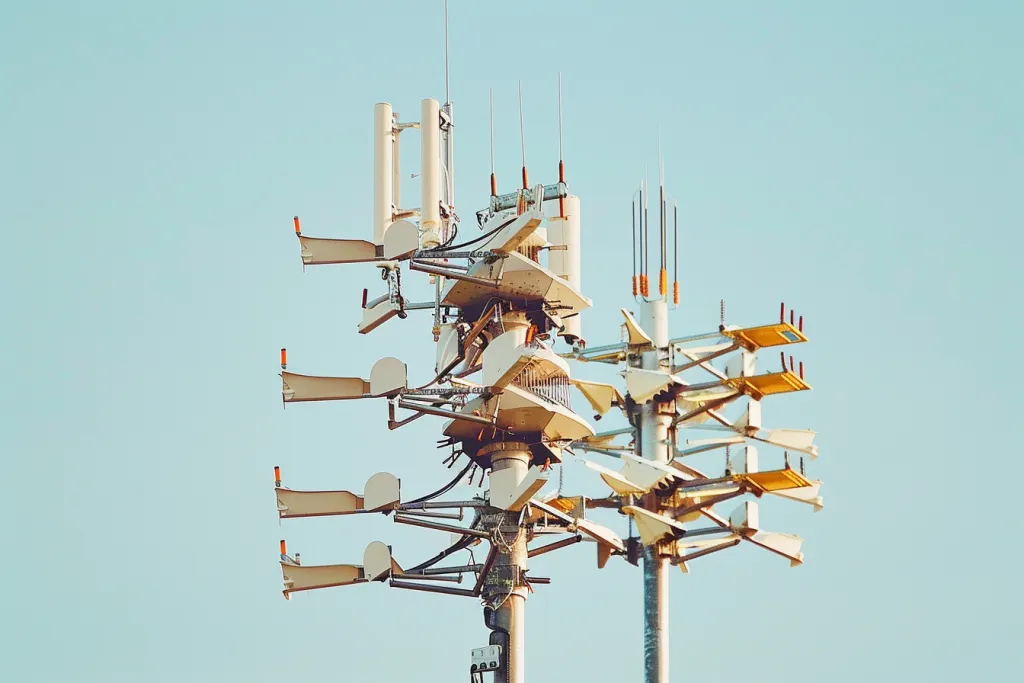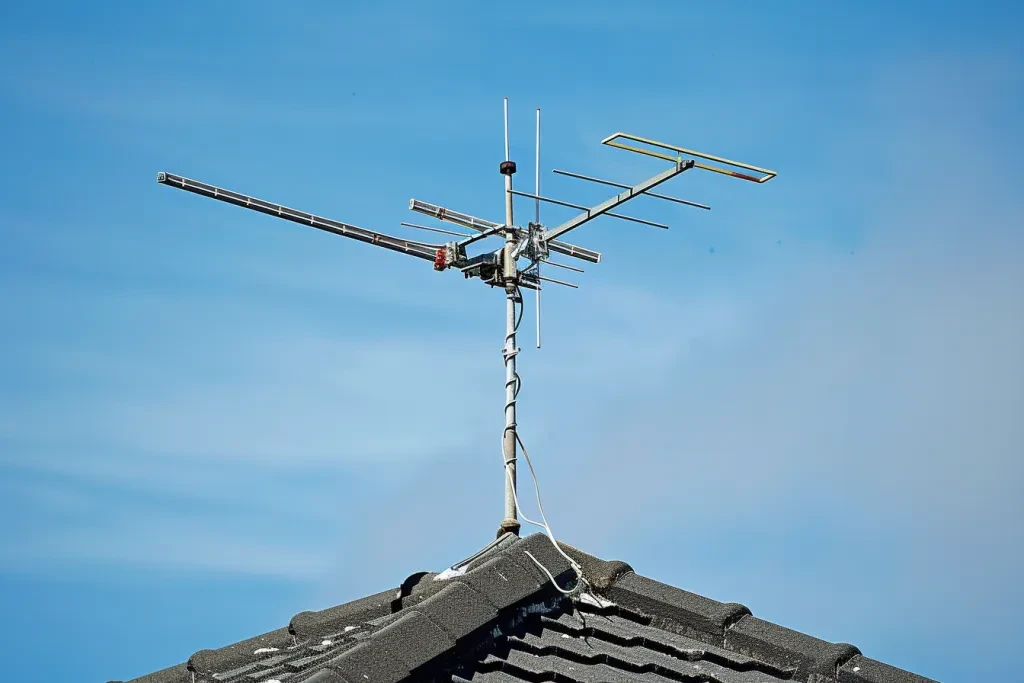In an era where streaming services dominate, the humble television antenna often gets overlooked. Yet, it remains a powerful tool for unlocking a plethora of free TV channels. This guide delves into what a television antenna is, how it works, its pros and cons, and tips on choosing and using one effectively.
Table of Contents:
– What is a television antenna?
– How does a television antenna work?
– Benefits and drawbacks of a television antenna
– How to choose a television antenna
– How to use a television antenna
What is a television antenna?

A television antenna is a device designed to receive over-the-air (OTA) broadcast signals from television stations. These antennas come in various shapes and sizes, ranging from small indoor models that sit next to your TV to larger outdoor versions that mount on your roof. The primary function of a television antenna is to capture the TV signals transmitted through the air and convert them into electrical signals that your TV can display as channels.
How does a television antenna work?

Television antennas operate on a simple principle: they capture radio waves broadcast by television stations and convert them into electrical signals. These signals are then processed by your television’s tuner to produce the picture and sound of a TV channel. Antennas are designed to receive specific ranges of frequencies, including VHF (Very High Frequency) and UHF (Ultra High Frequency), where most TV broadcasts occur. The effectiveness of an antenna in receiving these signals depends on its design, orientation, and the distance and direction from the broadcast towers.
Benefits and drawbacks of a television antenna

The primary benefit of using a television antenna is the ability to access a wide range of free-to-air channels without a monthly subscription. This can include local news, sports, and entertainment channels that are not available on streaming platforms. Additionally, the picture quality received through an antenna can be superior to that of cable or satellite, as the signal is uncompressed. However, the drawbacks include the dependency on geographical location and weather conditions, which can affect signal quality. Moreover, the initial setup and finding the optimal placement for the antenna can be challenging for some users.
How to choose a television antenna

Choosing the right television antenna involves considering several factors. Firstly, determine whether you need an indoor or outdoor antenna based on your distance from broadcast towers and potential signal obstructions. Outdoor antennas generally offer better reception but require more effort to install. Secondly, consider the range you need. Antennas are rated by the distance they can effectively receive signals from, so choose one that covers the distance to your local broadcast towers. Lastly, think about the channels you wish to receive and ensure the antenna supports both VHF and UHF bands to maximize channel availability.
How to use a television antenna

Using a television antenna starts with finding the best location for it. If you’re using an indoor antenna, placing it near a window facing the direction of the broadcast towers can improve reception. For outdoor antennas, mounting it as high as possible on your roof or in an attic will yield the best results. Once installed, connect the antenna to your TV’s antenna input and perform a channel scan through your TV’s settings menu. This will allow your TV to detect and save the channels that the antenna receives. Regularly re-scanning for channels is recommended, as new channels may become available or existing ones may change frequencies.
Conclusion
A television antenna is a cost-effective and reliable way to access a wide range of TV channels for free. Understanding how it works, its benefits and drawbacks, and how to choose and use one can enhance your TV viewing experience significantly. With the right antenna, you can enjoy high-quality broadcasts of your favorite local channels without the need for expensive subscriptions or contracts.




